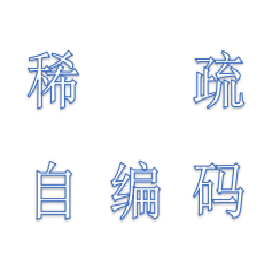The Society of Automotive Engineers (SAE) has specified a wireless channel congestion control algorithm for cellular vehicle-to-everything (C-V2X) communication in J3161/1. A notable aspect of J3161/1 standard is that it addresses persistent packet collisions between neighboring vehicles. Although the chances are slim, the persistent collisions can cause so called the wireless blind spot once the event takes place. Then the involved vehicles cannot inform their presence to neighboring vehicles, an extremely dangerous condition for driving safety. J3161's solution to the problem is stochastic one-shot transmission, where the transmission occasionally occurs in a resource that is not originally reserved. Through the one-shot transmission, the worst-case packet inter-reception time (PIR) is bounded and the wireless blind spot problem can be effectively mitigated. Interestingly, the standard one-shot transmission scheme does not resolve the persistent collision relation itself. This paper shows that by breaking out of the relation as soon as the persistent collision condition is identified, vehicles can improve the worst-case PIR by approximately 500 ms, the number of packet collisions per persistent collision event by 10%, and the number of total collisions by 15% to 57% over the standard one-shot transmission.
翻译:暂无翻译



